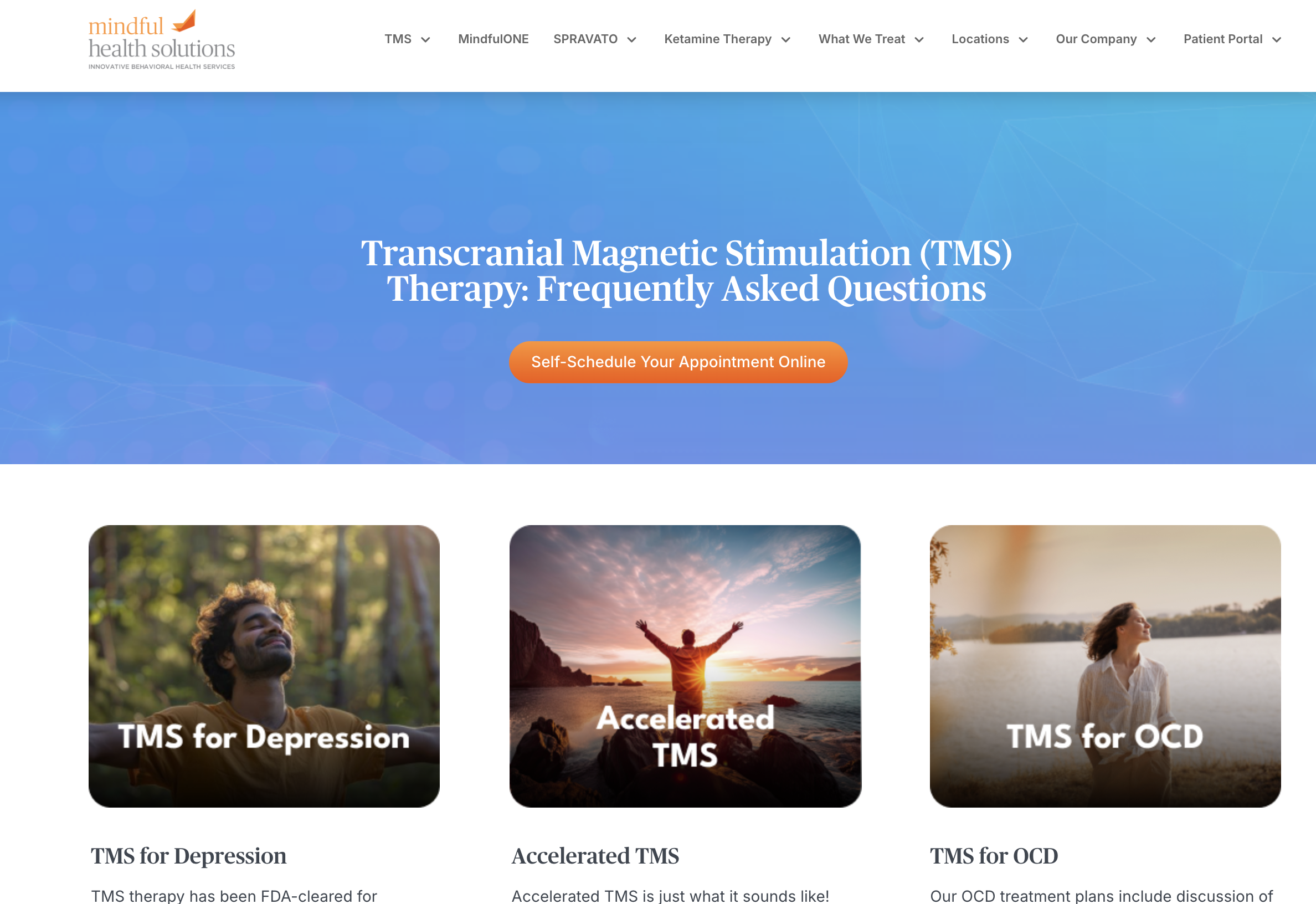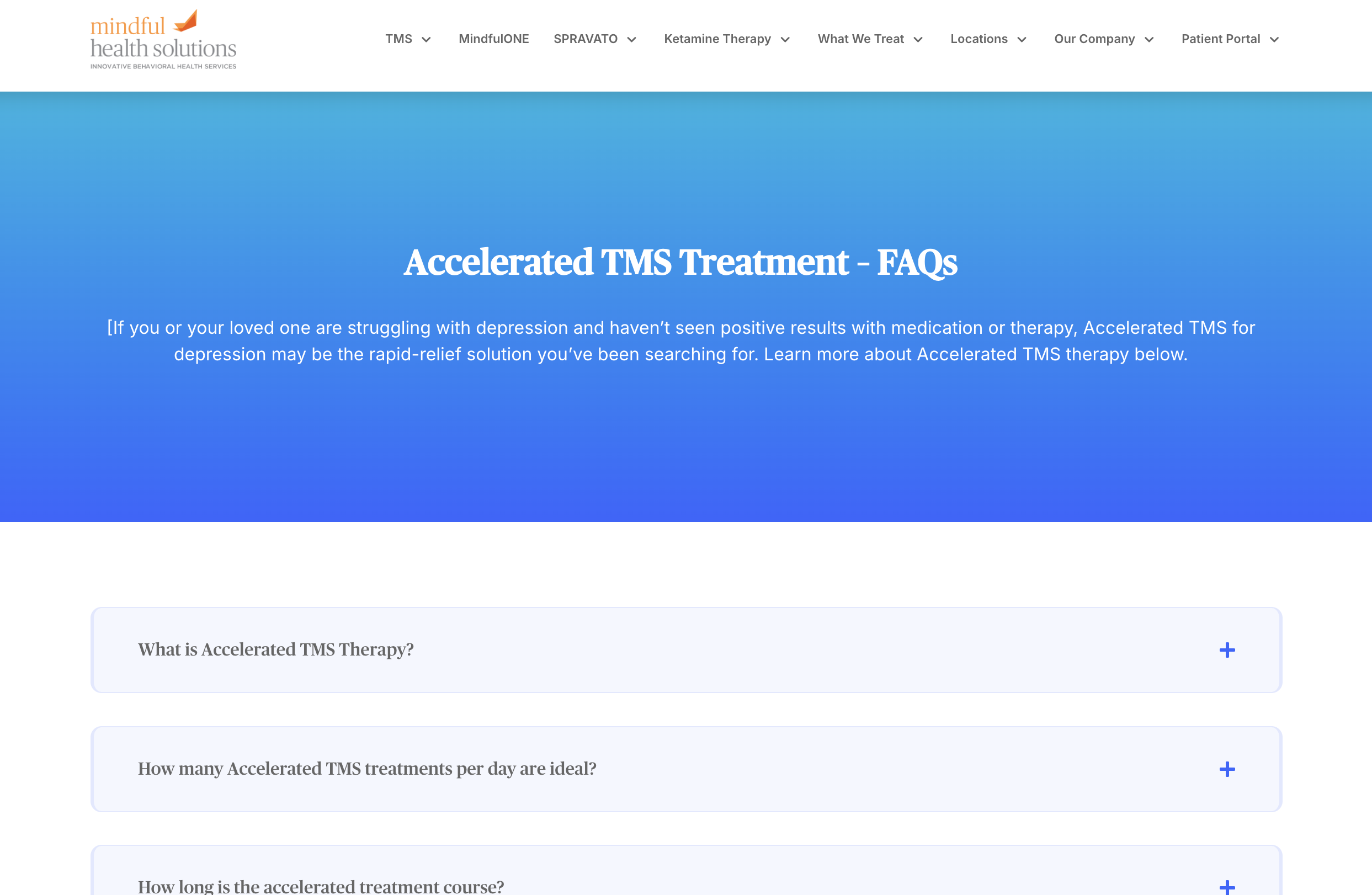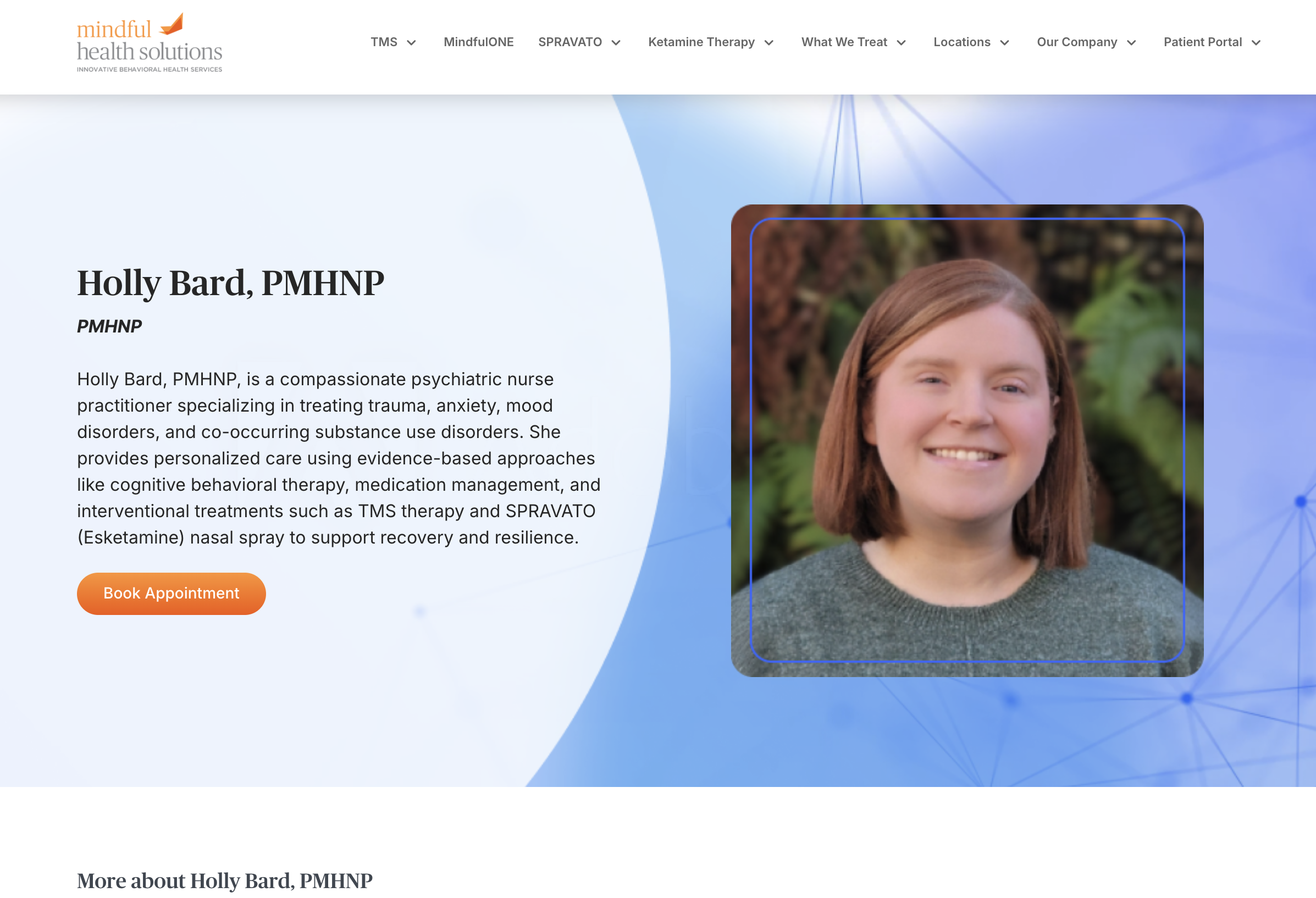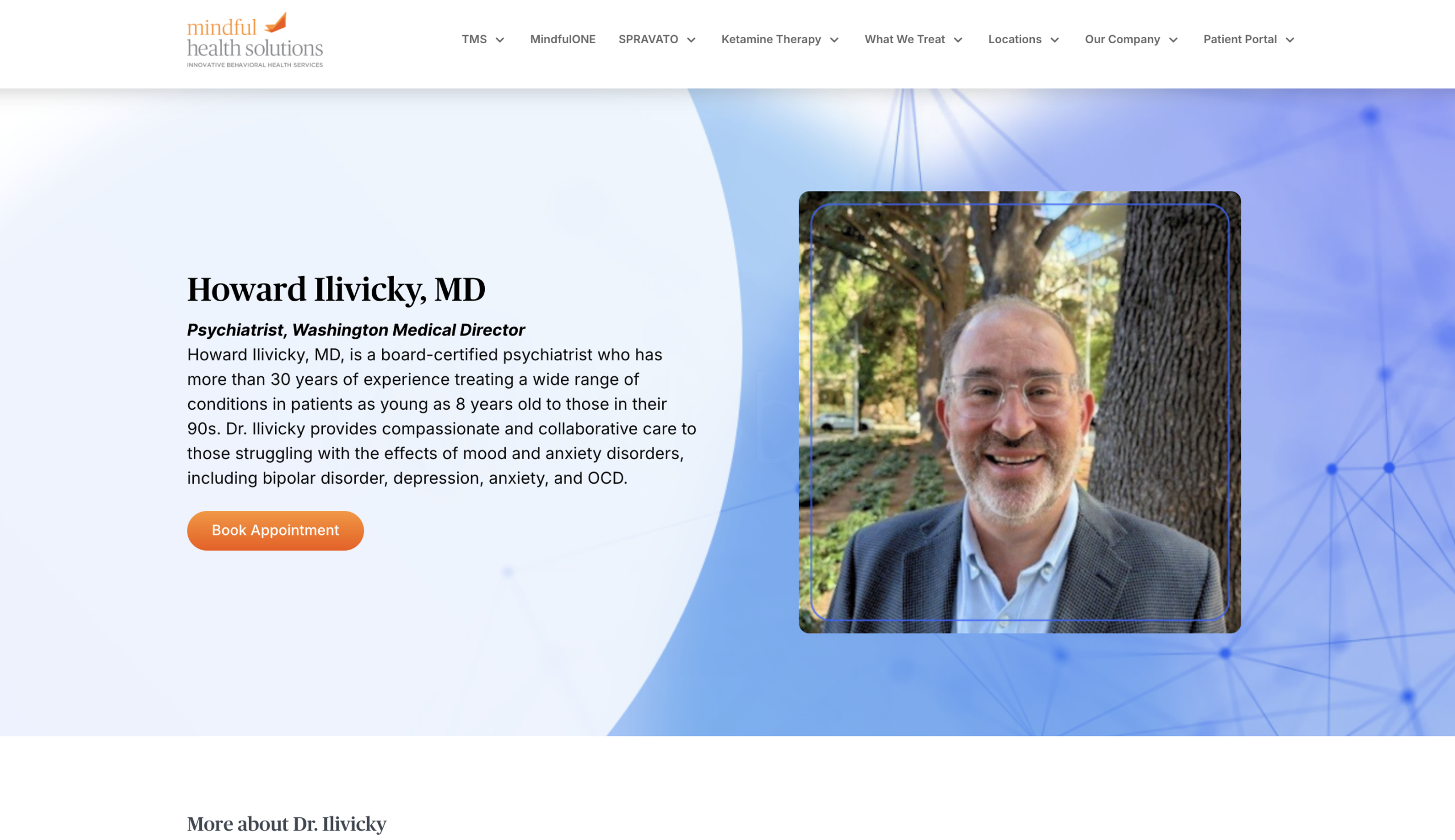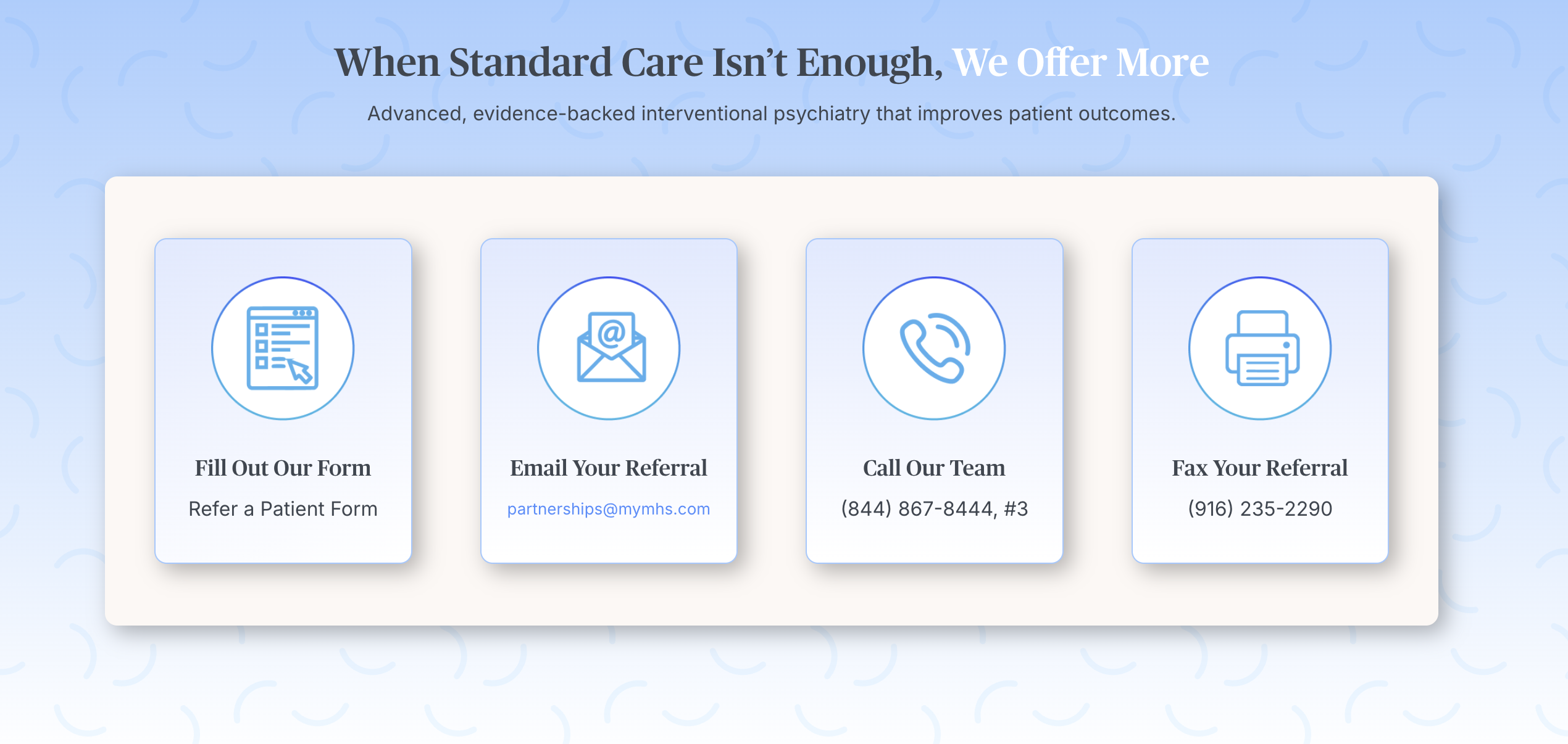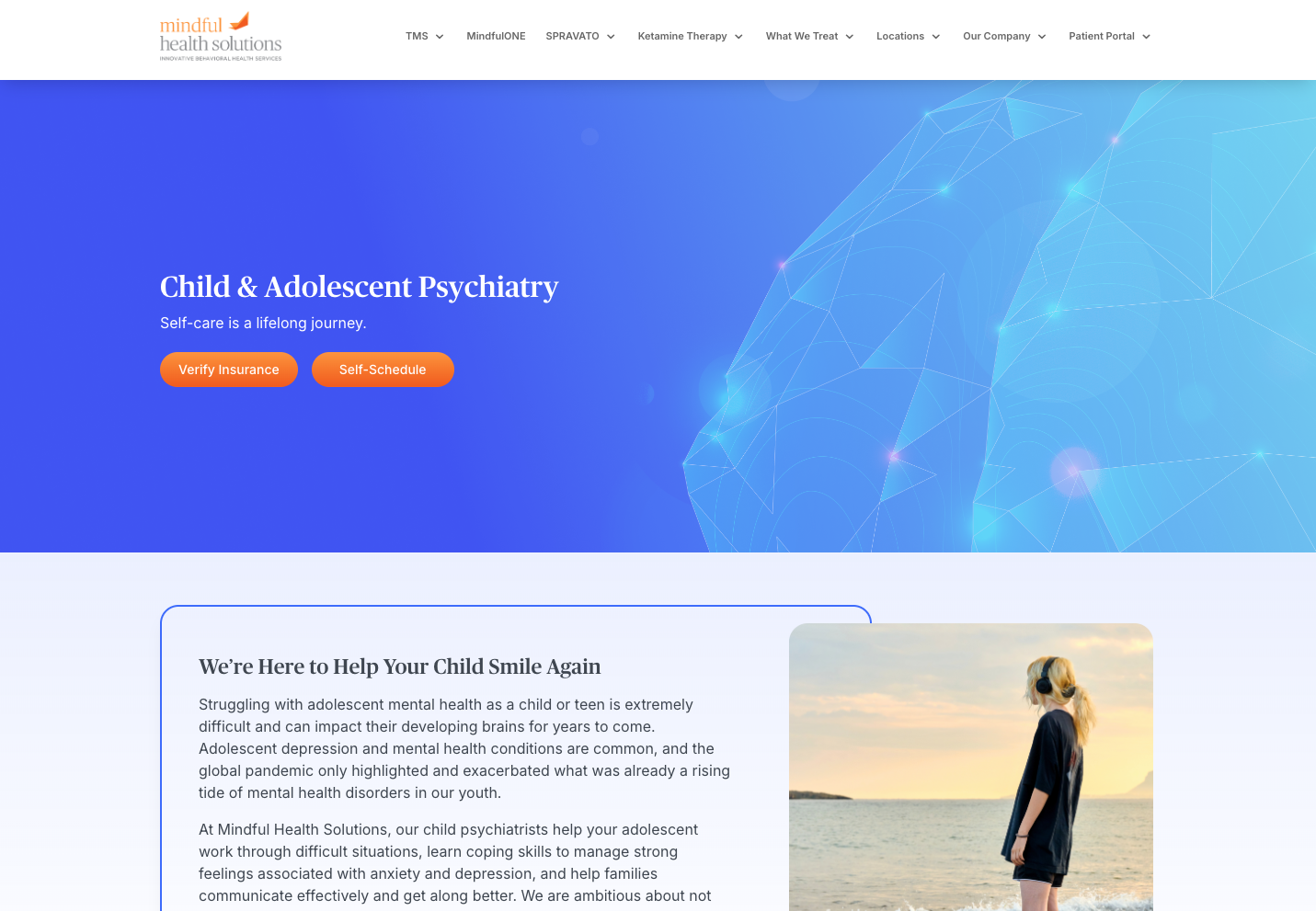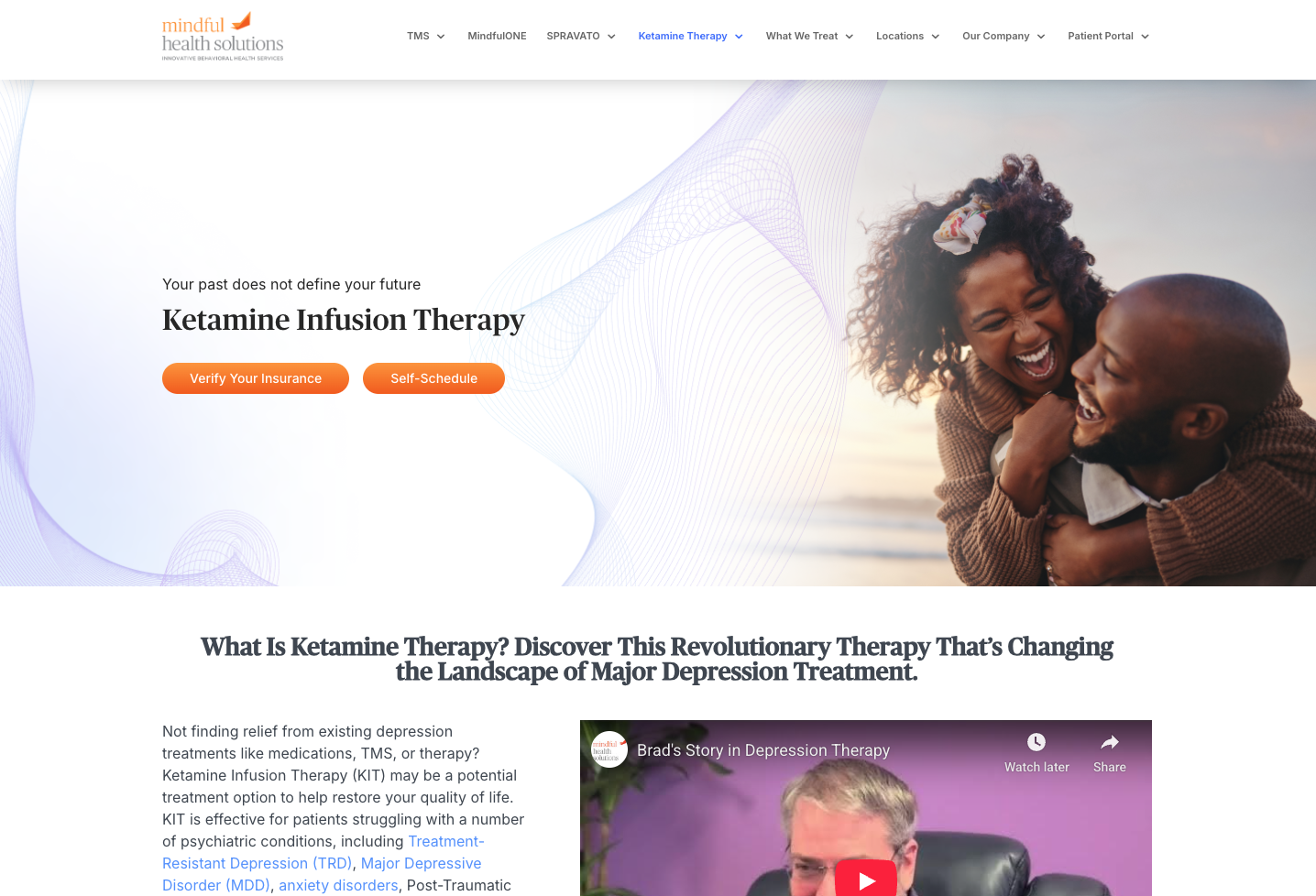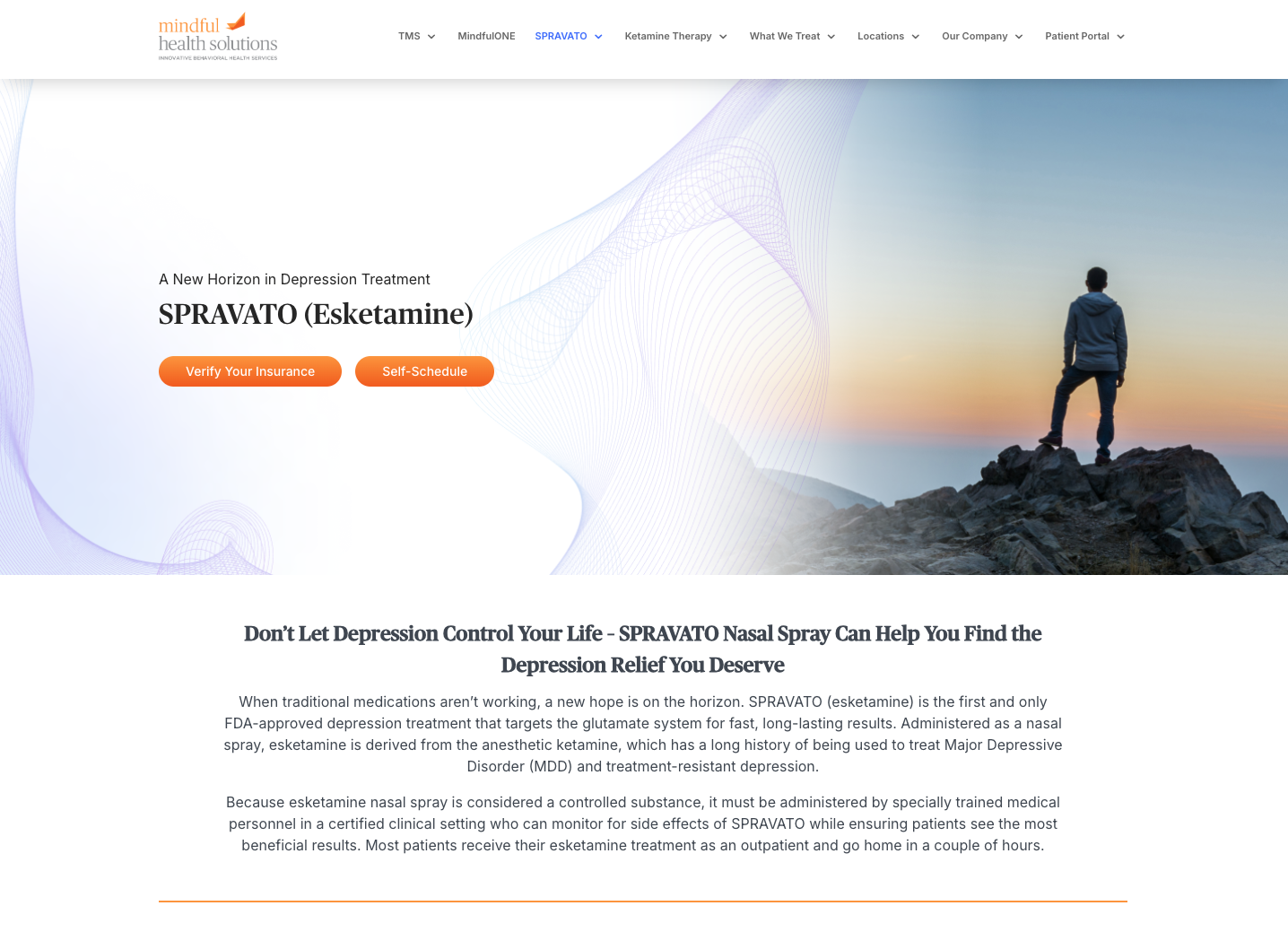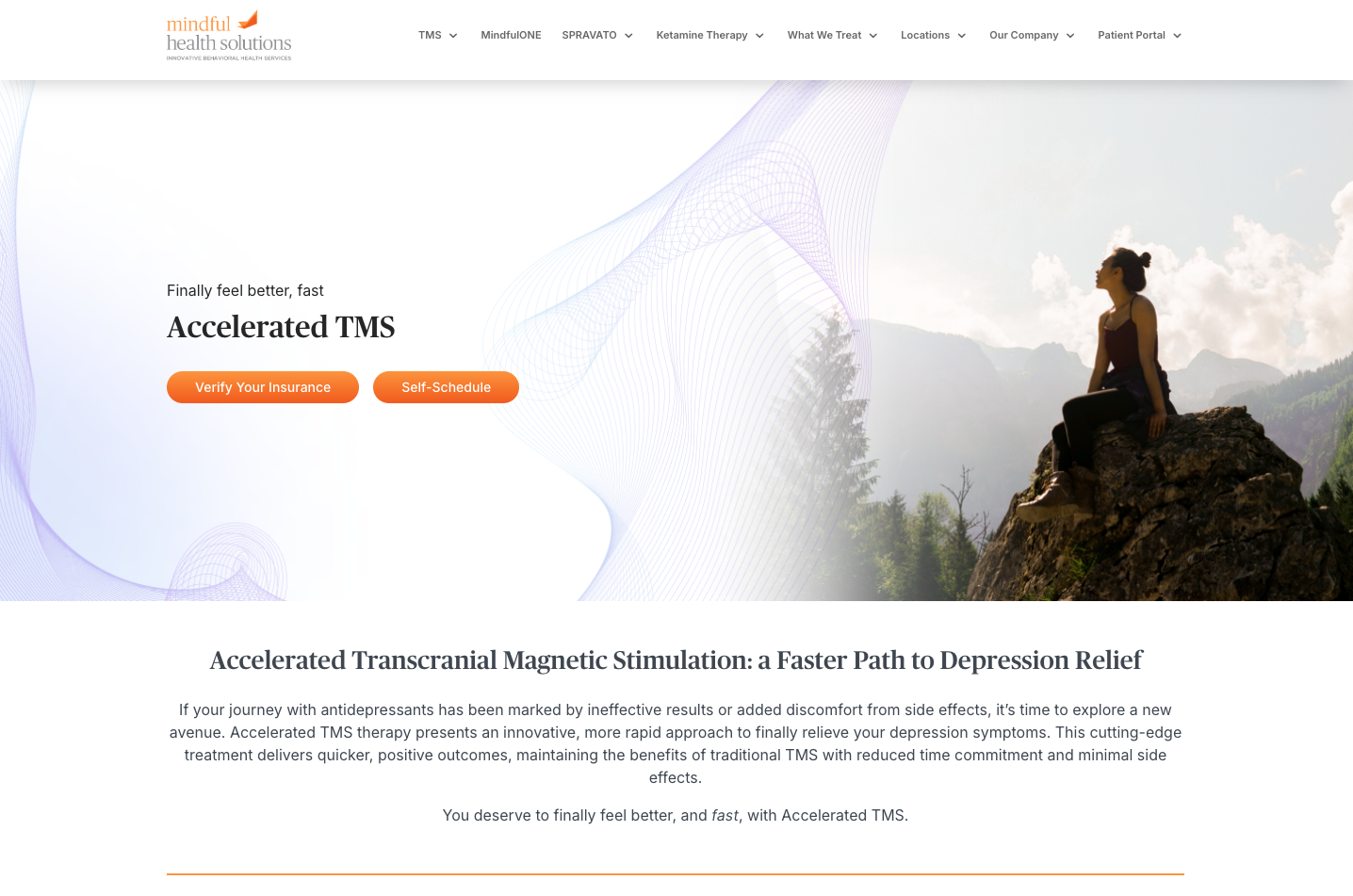Transcranial Magnetic Stimulation (TMS) has emerged as a revolutionary treatment for people who struggle with chronic pain. This blog post dives into the journey post-TMS treatment, offering insights into how individuals can maintain pain-free living. We’ll explore the application of TMS for specific conditions like sciatica, CRPS, fibromyalgia, and nerve-related pain, and provide practical tips for sustaining the benefits of treatment.
Understanding TMS and Its Impact on Chronic Pain
TMS therapy uses magnetic fields to stimulate nerve cells in the brain. When used for treating chronic pain, the stimulation is focused on brain areas involved in pain perception. This non-invasive treatment is particularly effective for conditions such as sciatica, where pain originates from issues with the sciatic nerve. TMS can help reduce the intense, often debilitating pain that radiates along this nerve, providing much-needed relief where other treatments might have failed.
In addition to sciatica, TMS shows promise in treating Complex Regional Pain Syndrome (CRPS) and fibromyalgia. By targeting the brain’s pain processing centers, TMS can decrease the pain signals and symptoms associated with these conditions. It is also beneficial for various types of nerve-related pain, offering a significant reduction in pain intensity and improving the quality of life for many patients.
Is TMS therapy right for your chronic pain?
Immediate Effects of TMS on Chronic Pain
Patients often experience a notable reduction in pain immediately following TMS treatment. This quick response can be a pivotal moment for those who have suffered chronic pain for years. The technology’s ability to adjust areas of the brain that control pain perception means that many patients report continued pain relief even after the initial treatment phase.
Continuing the course of treatments can enhance these effects, leading to prolonged periods of diminished pain. The cumulative benefit of regular sessions is seen in the sustained relief from pain, which can dramatically improve daily functioning and overall well-being.
Long-Term Benefits of TMS
The long-term benefits of TMS in managing chronic pain are supported by various studies, indicating sustained pain relief beyond the treatment period. Over time, TMS can help recalibrate the brain’s response to pain, potentially leading to long-lasting changes in pain perception. These effects can transform the lives of individuals with chronic pain by allowing them to engage more fully in activities they enjoy.
Repeated TMS sessions have been shown to reinforce these benefits, suggesting that the therapy could be a viable long-term strategy for pain management. Moreover, as patients continue to experience pain relief, they often find a reduction in the need for pain medications. Reducing the amount of medications can further improve their quality of life and decrease the side effects associated with pharmacological treatments.
Click here to compare TMS to traditional pain medications.
Strategies to Maintain Pain-Free Living After TMS
Adopting healthy lifestyle choices is an important way to maximize the benefits of TMS and maintain a pain-free life. Regular physical activity can strengthen the body and reduce the risk of pain recurrence. Engaging in a variety of physical activities ensures that different muscle groups are used and kept in optimal condition. This can help decrease pain points that are often neglected in sedentary lifestyles. In addition to physical activity, a balanced diet supports overall health. Another factor that is essential for healing and regulating pain is quality sleep.
Furthermore, managing stress is pivotal in sustaining the benefits of TMS. Chronic stress can exacerbate pain and may undo the progress made through treatment. Techniques such as deep breathing, meditation, and time management strategies can be used to keep stress levels under control. Also try creating a routine that includes sufficient downtime and recreational activities. Such routines can prevent the buildup of stress and contribute to a balanced, pain-free existence.
Are you experiencing these 5 signs of stress?
In addition to physical health, mental and emotional support is key in managing the psychological aspects of chronic pain. Therapy or support groups can provide a platform for sharing experiences and coping strategies, enhancing emotional resilience. Creating a personalized mental health plan with a mental health expert can also help you sustain positive mental wellness.
Ready to get your personalized mental health plan?
Call Mindful Health Solutions at (844) 867-8444 to schedule a consultation today.
Integrating complementary therapies such as acupuncture, mindfulness, or yoga can also support pain management. These therapies offer holistic benefits that contribute to overall well-being. Adding practices such as these to a routine can help in managing physical pain by reducing anxiety and depression, which are common in people suffering from chronic pain.
Overcoming Challenges to Sustain a Pain-Free Life
Even with successful TMS treatment, challenges like occasional pain flare-ups or emotional setbacks may occur. Recognizing and preparing for these potential hurdles is essential. Developing a plan to manage flare-ups through relaxation techniques, gentle exercise, or other non-pharmacological methods can be effective. Keeping a pain diary can also be useful for tracking triggers and symptoms, allowing for better management and understanding of one’s condition. This proactive approach helps in quickly addressing pain and preventing its escalation.
Additionally, communication with healthcare professionals is vital. Regular updates and consultations ensure that any adjustments needed in the treatment plan are made promptly. It’s also beneficial to be informed about the latest developments in pain management, as advancements in techniques or new research can provide more effective ways of dealing with pain. Patients should be encouraged to ask questions and seek clarification about their treatment options to stay engaged with their recovery process.
Regular check-ins with healthcare providers to adjust pain management strategies are also important to sustain results. Staying proactive in managing symptoms and seeking help when new challenges arise ensures that people can continue to lead a pain-free life. Building a support network, including family, friends, and healthcare providers, can provide additional resources and emotional support. This network can be crucial during times of difficulty, offering both practical help and moral support to navigate the complexities of chronic pain management.
TMS presents a promising path for those struggling with chronic pain. This innovative treatment offers a chance to regain control over their lives without continuous discomfort. If you’re exploring options for pain management and wondering if TMS could be right for you, don’t hesitate to reach out. Call us at (844) 867-8444 to learn more about how this treatment could benefit you and help you embrace a life free from pain.


